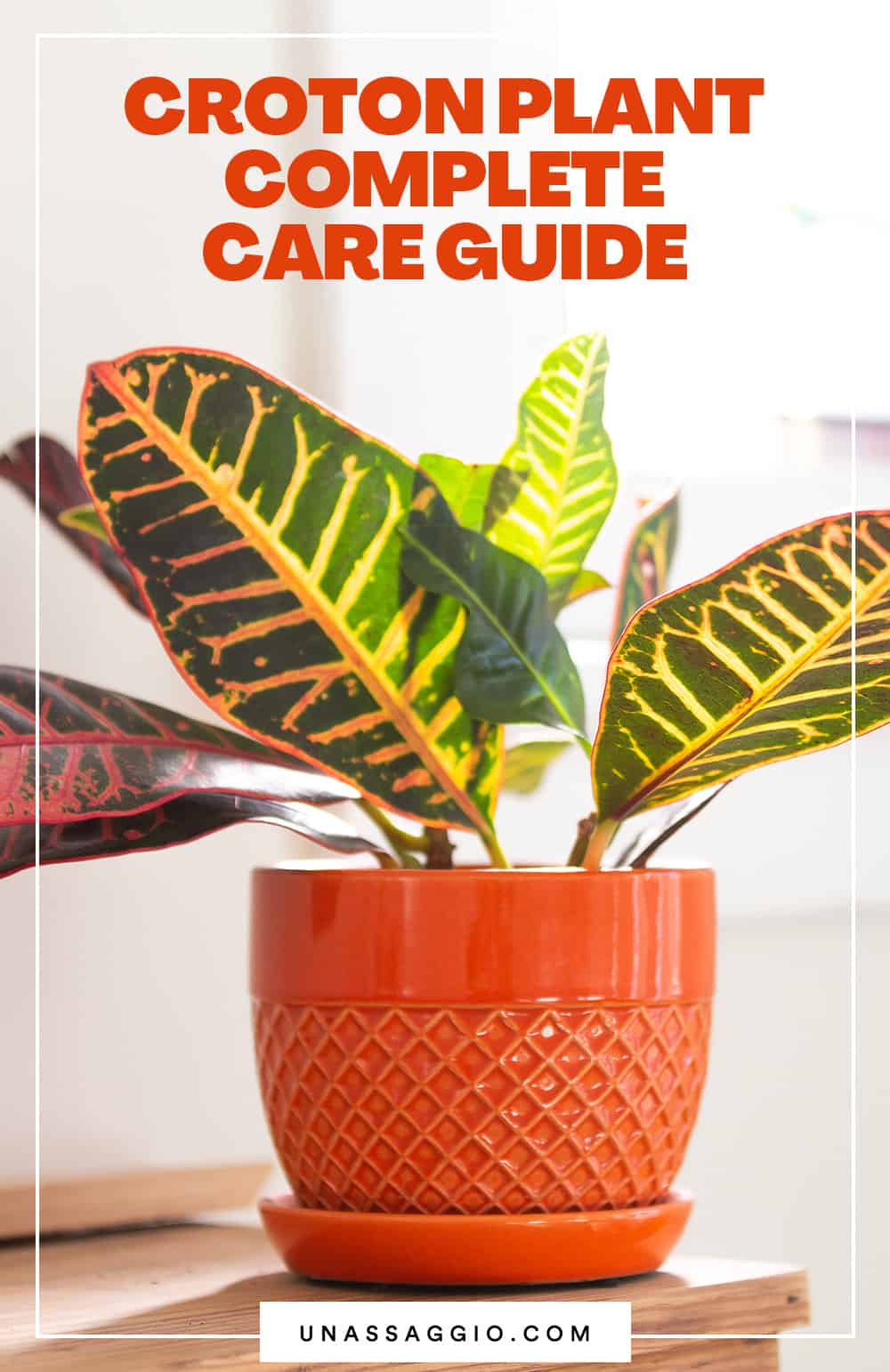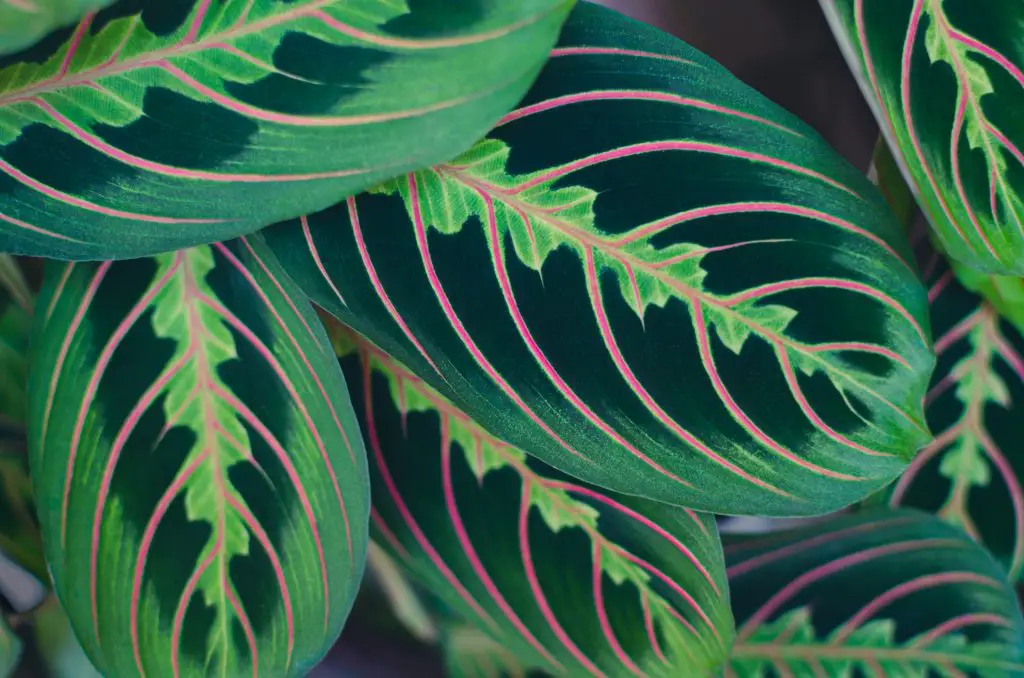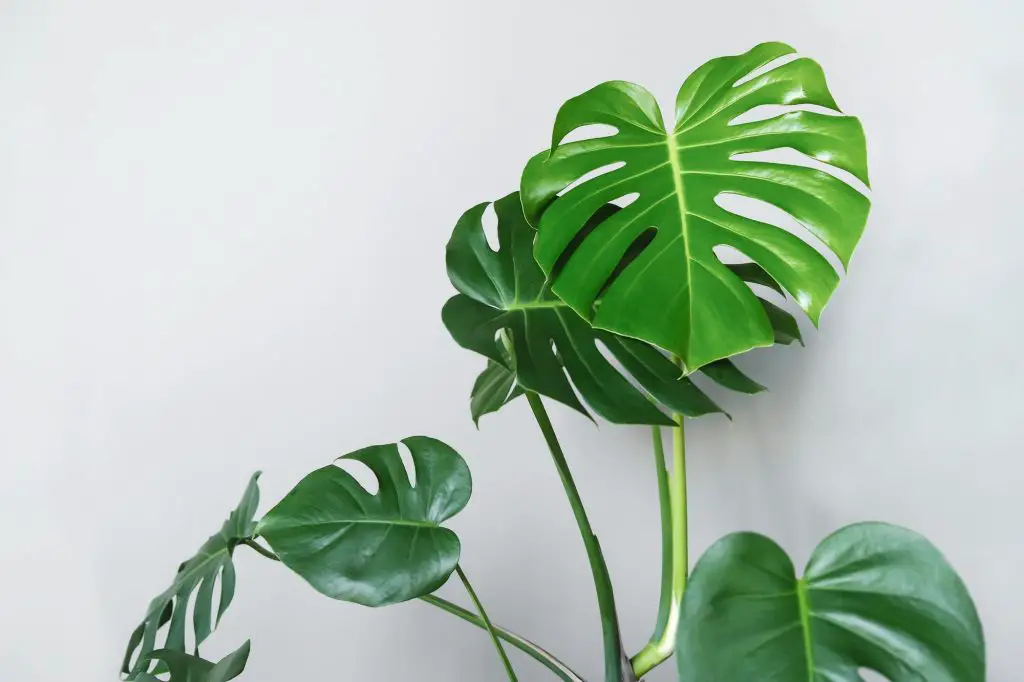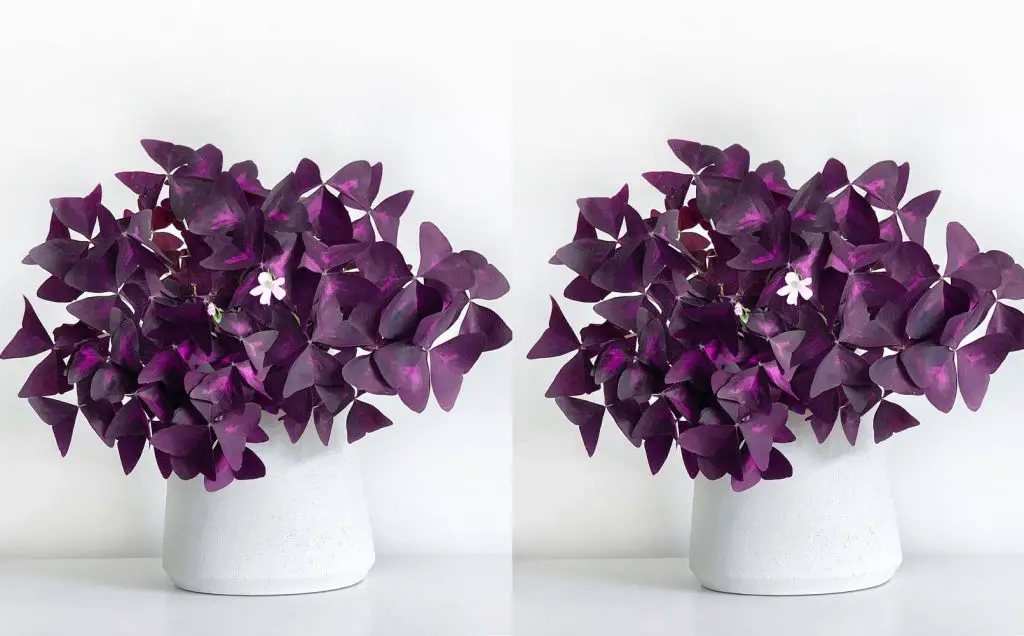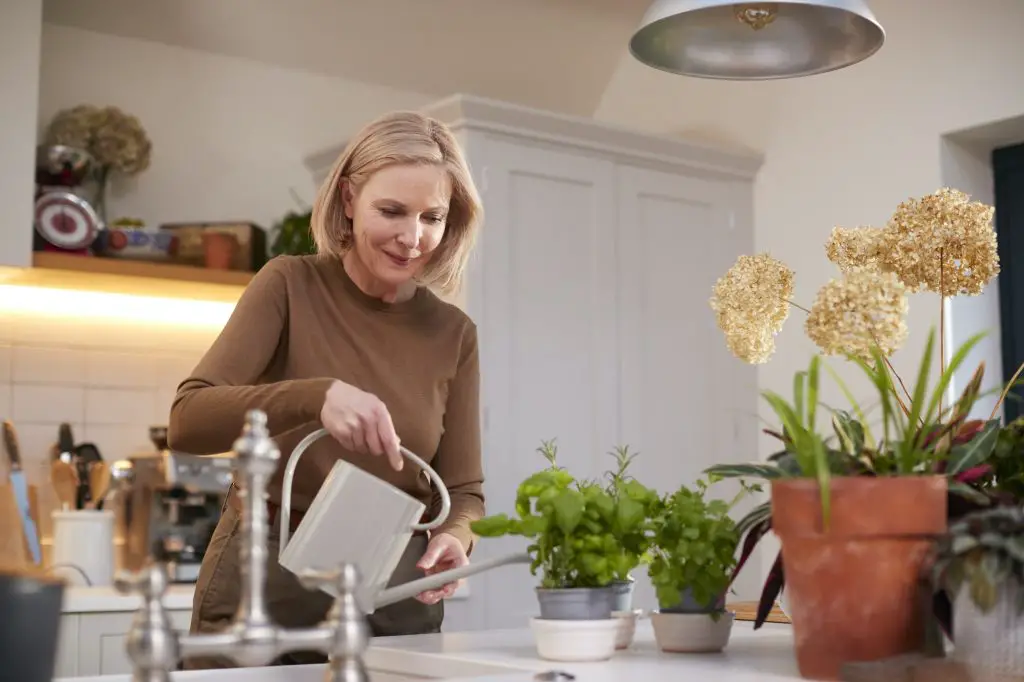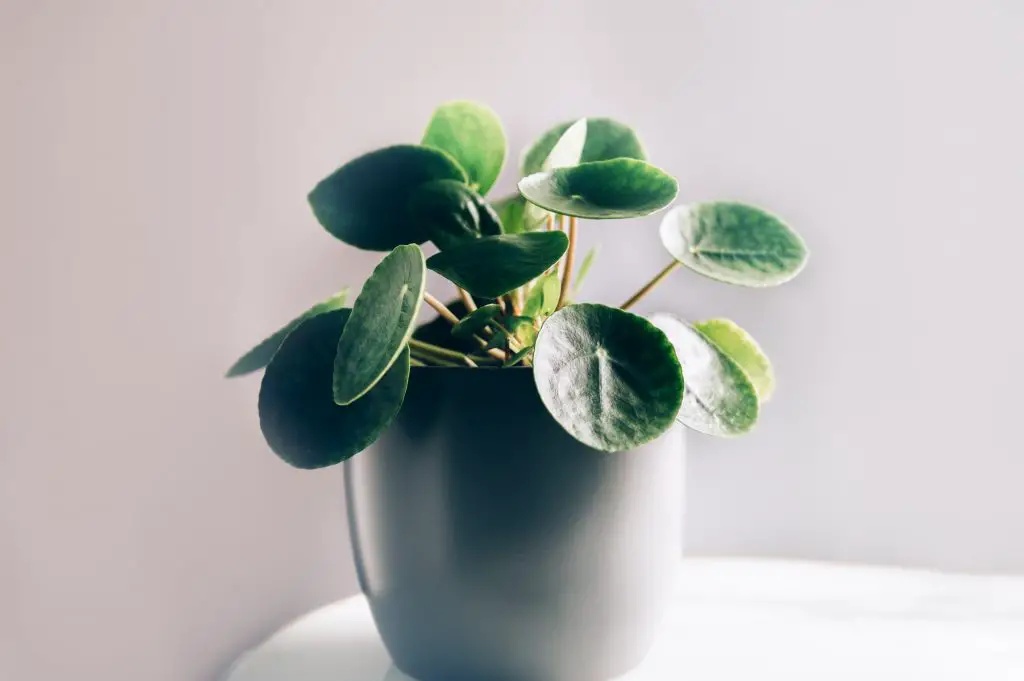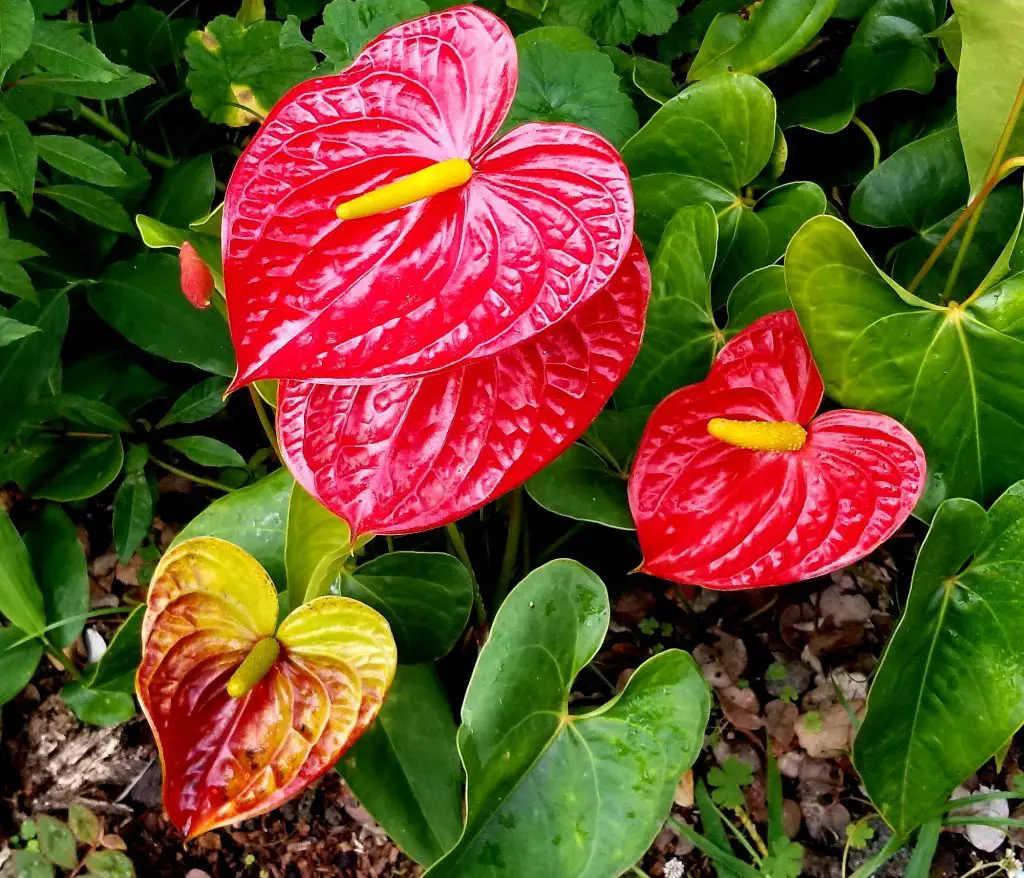This is a complete croton plant propagation and care guide, in here you’ll find everything you need to care for this absolutely beautiful and colorful indoor plant.
Identifying plants goes beyond knowing their color and where to purchase them. It includes knowing where the plant is from, its scientific name, how to care for it, how to propagate it, and so many more.
In this article, we will be giving you all you need to know about one of the most loved indoor plants; croton.
Table of Contents
The Croton Plant Background
| Plant | Description |
|---|---|
| Plant Name | Croton |
| Botanical Name | Cordiaeum variegatum. |
| Plant type | Evergreen shrub. |
| Soil type | Well-drained potting soil. |
| Soil pH | Neutral. |
| Origin | The tropical forest of Asia, Australia, and Oceania. |
| Size | Varies by species and variety. |
Also known as Codiaeum variegatium, croton is a flowing plant that is from the spurge family; Euphorbiaceae.
It was first described by Carl Linnaeus in 1753, it also has its name from a Greek word which means “tick”, this name was given because of how the croton seed resembles a tick in shape.
Croton is from the tropical forests of southeast Asia, Australia, and Oceania.
Related: Oxalis Plant: The Complete Growth And Care Guide (2021)
Croton can serve as both indoor and outdoor plant, when planted outside, it can grow up to 10 feet tall, however, when planted indoor, in a pot, it tends to be smaller.
Croton comes in a variety of leaf shapes and colors. The leaves can be short, long, thin, thick, etc. the colors also can be from yellow, red, orange, cream, pink, and black and can also come in combinations. There is hardly a croton plant that will not match your décor.
When considering growing croton, there is certain information that you require to help you effectively raise this amazing houseplant. Not having this information on what to do will make your plant stay unhealthy for a long while and in the end, they die. The following are tips on how to care for your croton.
Croton Plant Propagation Requirements
Planting croton requires not much stress; you only have to do the right thing.
1. Light
Before you begin to plant, you should consider the location where your plant will sit. Either in your garden or indoor. This is because the croton plant is from the tropical forest, hence it cannot tolerate temperature below 60 degrees. The plant should be kept away from cold and should be exposed to full sun.
2. Soil
Soil is very important to every plant and the type of soil you use will affect the growth of your plant. The soil in which your croton plant will be planted should be moist and well-drained. Croton will not tolerate wet or soggy soil, if you live in a dry environment, you may consider misting the leaf of the plant.
3. Potting
Choosing a container is very important. This is because croton is one plant that grows up, and this means it will become heavy at some point, knowing this; you should pick a container that is strong and will not bend when the plant grows bigger. You can also choose to plan to re-pot your plant later as it gets bigger.
Croton Plant Propagation
Unlike some other plants, you cannot propagate croton from seed. This means you have to look to other means to propagate them. We have discovered two ways for you to propagate croton, they are stem cutting and air layering
1. Stem Cutting
This is done by rooting a stem from a healthy, mature croton plant. This method is not only used for croton but many other houseplants. Do this by cutting a stem of about 3 to 4 inches long, which has at least four leaves. Fill a container with a lightweight potting mixture and dip the stem in the container.
You can try to create a greenhouse atmosphere by covering the container with plastic.
2. Air Layering
This is another propagating technique that involves rooting the stem while it is still attached to the plant. You take a diagonal cut through half the diameter of the stem, hold the cut open with the use of a toothpick, and apply some rooting hormone to treat the wound.
When the stem roots, plant it in a container filled with potting soil or a mixture of ingredients i.e. peat moss, sand, etc.
[PRO TIP]Croton is from the tropical forest, hence it requires full sunlight to keep its colors bright. Make sure the topsoil is dry before you water it again, croton enjoys well-drained soil.
You must water the plant the day before you propagate, this will enhance rooting and reduce stress to the plant. You should check the plant often to know when the topsoil is dry so you can water, this can be done twice a week.
If you propagate via air layering, the sphagnum moss will change its color when it is dry, you should remove the plastic, mist the plant, and replace the plastic. Regardless of which method you decide to use, it requires bright or indirect light.


